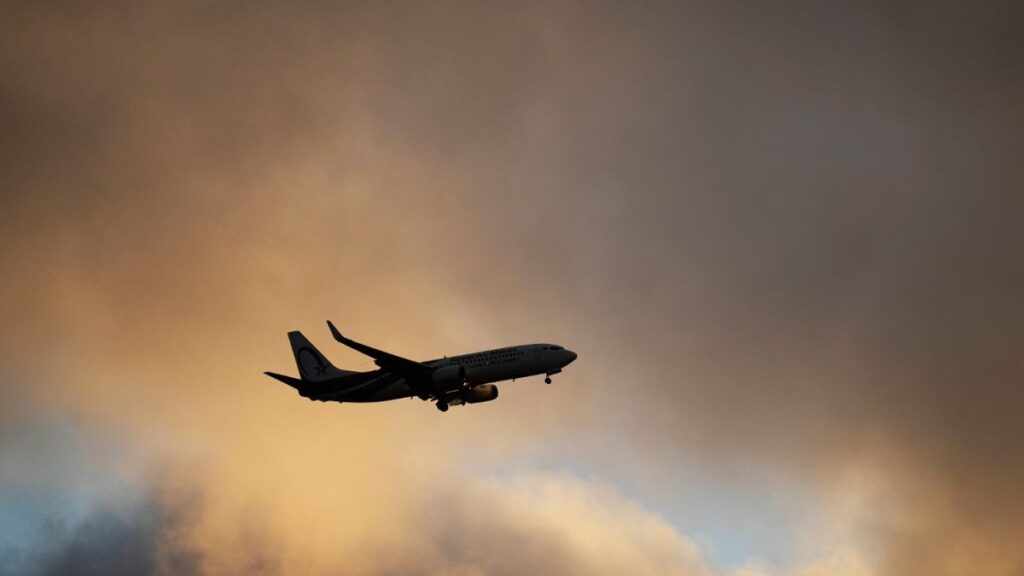“A passenger could on average choose a flight at random every day for 220,000 years before succumbing to a fatal accident,” the report said.
According to a new study, there are one in 13.7 million chance that a passenger anywhere in the world will die on board an aircraft.
Researchers from the Massachusetts Institute of Technology (MIT) in the United States analyzed global passenger data between 2018 and 2022 and found that deaths on board planes decreased by an average of 7% year-on-year.
These results reveal a trend of“continuous improvement” which started in 1968when the death rate began to decline by an average of 7.5% per year while the number of flights increased significantly worldwide.
Mortality rate 36% higher in some countries
The rate of incidents, however, depends on the countries from which travelers depart and to which they travel. The researchers found divided countries into three risk levels (low, medium and high) based on their aviation safety performance.
The Tier 1 group, which includes the European Union, Australia, Canada, China, Israel, Japan, Montenegro, Norway, New Zealand, Switzerland, the United Kingdom and the United States, is the lowest risk.
The Tier 2 group includes, among others: Bahrain, Bosnia, Brazil, Brunei, Chile, Hong Kong, India, Jordan, Kuwait, Malaysia, Mexico, the Philippines, Qatar, Singapore, South Africa, South Korea, Taiwan, Thailand, Turkey and the United Arab Emirates.
The rest of the world is at level 3, the highest risk.
For the first two levels – which include countries where more than half of the planet’s 8 billion people live – risk of death drops to one in 80 million passengersaccording to the study.
“At this rate, a passenger could on average choose a flight at random every day for 220,000 years before succumbing to a fatal accident.”the report continues.
The risk of fatal accidents is about 36% higher in level 3 countriesaccording to the study, but the trend there is also downward.
“Although these countries continue to improve over time, the risk of passenger death remains significantly higher than elsewhere”the study says.
However, this does not take into account intentional attacks on passengers, such as the suicide bombing at Kabul airport in 2021, which killed 170 Afghans and 13 American soldiers.
More than 4,000 deaths due to COVID-19 contamination
The period covered by the study includes the COVID-19 pandemic – between March 2020 and December 2022. Although there were fewer air passengers during this period, Those who travelled were faced with a “new source of danger” if they were exposed to the virus during a flightthe report said.
The U.S. Surgeon General estimates that 96% of flights at that time had at least one passenger who tested positive for the virus.
Overall, the study estimates thatAbout 4,760 people died after contracting COVID-19 infection while flying between March 2020 and December 2022.
MIT researchers admit, however, that it is difficult to know the exact number of deaths linked to contamination following infections of passengers on planes.
“Estimates of deaths from COVID-19 are necessarily imprecise”the study says.
The available data do not include passengers under 18 and do not differentiate the age of passengers over 65, which the study authors say is important because mortality increases sharply among older people.


